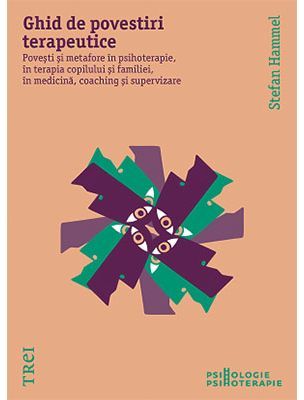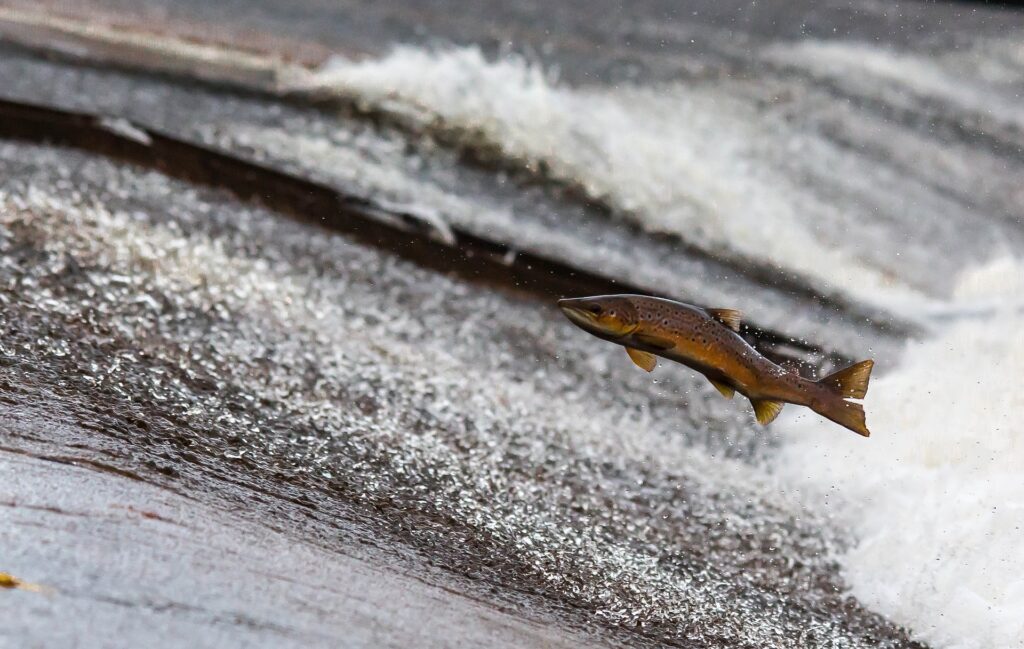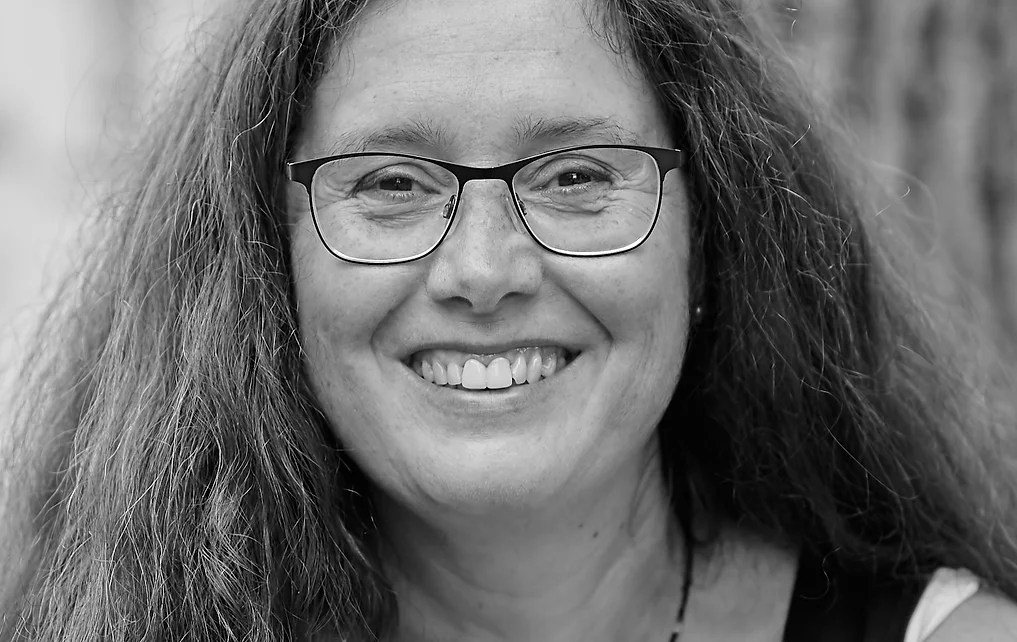When I visited the Pisa Baptistry close to the city’s cathedral, I thought to myself, ‘They’ve turned it into a temple to commerce!’ It raised my hackles to pay to enter a church and then find myself surrounded by hundreds of frantic tourists rushing around and taking photographs of everything. Many kept checking their watches, because a singer was paid to perform every hour in order to demonstrate the building’s wonderful acoustics. Should a church not be a place of prayer and devotion? After climbing up to the gallery, I thought, ‘Surely no one will object if I turn this temple to Mammon back into a house of God.’ It took me a while to screw up the courage, but finally I sang the opening line of a psalm loudly and clearly into the open space, ‘Laudate omnes gentes, laudate dominum.’ The acoustics really were superb.

Everything went quiet in the church, and although everyone looked around to find out who was singing, the echoes made it difficult for them to locate me. The security staff searching frantically for the perpetrator also found had a hard task on their hands, but by the end of the verse one had spotted me. He waited for me to start singing again in order to catch me red-handed, since it would otherwise have been easy for me to deny my act of sacrilege. I looked around the building in a daze. “Thank you,” said a woman standing next to me. “That was wonderful.” I too felt better after having sung the psalm. When the last echo had faded away, I left the house of God, giving a sly grin to the security guard who was still watching me.
The story “Sacrilege” illustrates that standing up for your values represents a value in itself. In cases where these values are opposed to the interests of others, it is often necessary to find a balance between defending your ideals in public and taking a less conspicuous approach. The story can also be used to encourage clients not to hide their light under a bushel and to present a self-confident image during interactions with others.
(From: Stefan Hammel: Handbook of Therapeutic Storytelling. Sories and Metaphors in Psychotherapy, Child and Family Therapy, Medical Treatment, Coaching and Supervision, Routledge 2019)











